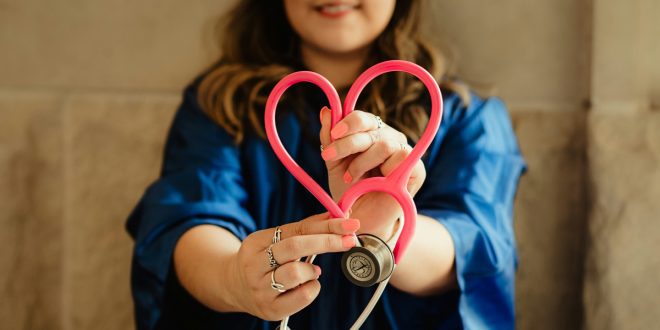You know what nobody talks about enough? The weird, wonderful resources that actually make your shift survivable. Sure, everyone mentions EMR systems and medication carts, but let’s dig into the stuff that really moves the needle on patient care.
Microlearning Platforms That Actually Work
When thinking about resources for nursing staff, forget those marathon training sessions. You need bite-sized learning that happens between call lights. Think three-minute videos on wound assessment you can watch while scarfing down lunch. Podcast episodes about rare drug interactions during your commute. The beauty here? Your brain retains information better when it comes in small doses anyway.
Some hospitals are experimenting with gamified learning apps where you earn points for completing modules. Sounds gimmicky until you realize you’ve accidentally mastered sepsis protocols while waiting for the elevator.
Your Personal Board of Directors
Here’s something they don’t teach in nursing school: build yourself an informal advisory board.
- That respiratory therapist who’s been here twenty years
- The night shift charge nurse with the magical de-escalation skills
- The unit secretary who knows every policy loophole
- That one doctor who actually explains their reasoning
These people become your living, breathing resource library. They’re not just colleagues—they’re your safety net when textbook knowledge meets messy reality.
Translation Tech Beyond Google
You’ve got patients speaking languages your hospital translator can’t cover at 2 AM. Enter AI-powered medical translation devices that understand context. Not just converting words, but grasping that “me duele aquí” needs anatomical precision.
Some facilities are testing real-time captioning systems for patients with hearing impairments. Game changer for informed consent and patient education.
The Decompression Room Nobody’s Creating
You need a space that isn’t the break room, isn’t the bathroom stall where you cry, and definitely isn’t the supply closet. Some progressive units are carving out sensory decompression zones. Dim lighting. Noise-canceling headphones available. Maybe a weighted blanket. Five minutes in there can reset your entire nervous system between traumas.
Can’t get admin buy-in? A rolling cart with aromatherapy, stress balls, and coloring books works too. Sounds silly until you’ve used it.
Peer-to-Peer Mental Health Check-Ins
Formal EAP programs are great. But you also need the coworker who texts “You good?” after a rough code. Consider structured buddy systems where partners do quick emotional triage on each other. No judgment. No fixing. Just witnessing.
Some units use anonymous mood check-in boards. Color-coded dots. Green means thriving, red means struggling. It normalizes the hard days.
Physical Ergonomic Tools That Aren’t Obvious
Yes, lift equipment. But also:
- Magnetic badge holders so you’re not yanking lanyards all shift
- Shoes with actual arch support (not the cute ones)
- Compression socks that don’t look medical
- Phone holders for your scrub pockets because constantly fishing for your device wrecks your back
Smart Delegation Resources
You need decision trees for what nursing assistants can do, what they can’t do, and what’s facility-dependent. Visual quick-reference cards beat policy manuals every time. Laminated. Pocket-sized.
What It All Comes Down To
Quality patient care doesn’t just need protocols and equipment. It needs resources that support you as a whole human doing impossibly hard work. The IV pump matters. But so does the thing that helps you sleep after a death on your unit.
What resources are missing from your arsenal? Start asking. Start building. Your patients deserve your best self, and your best self needs proper support.
 Blogging Heros
Blogging Heros




